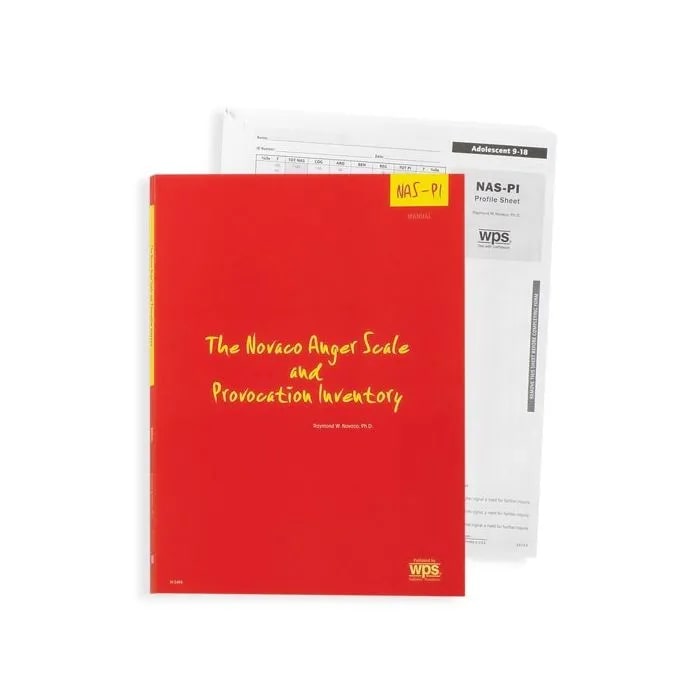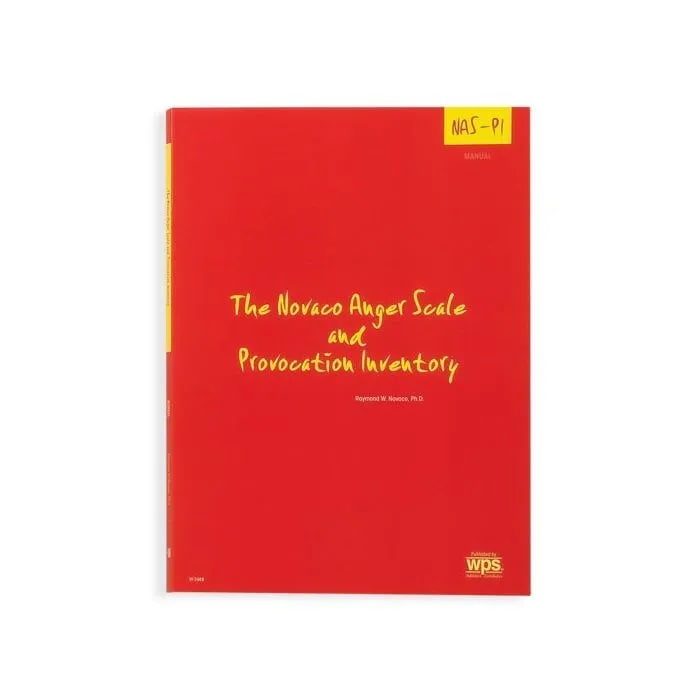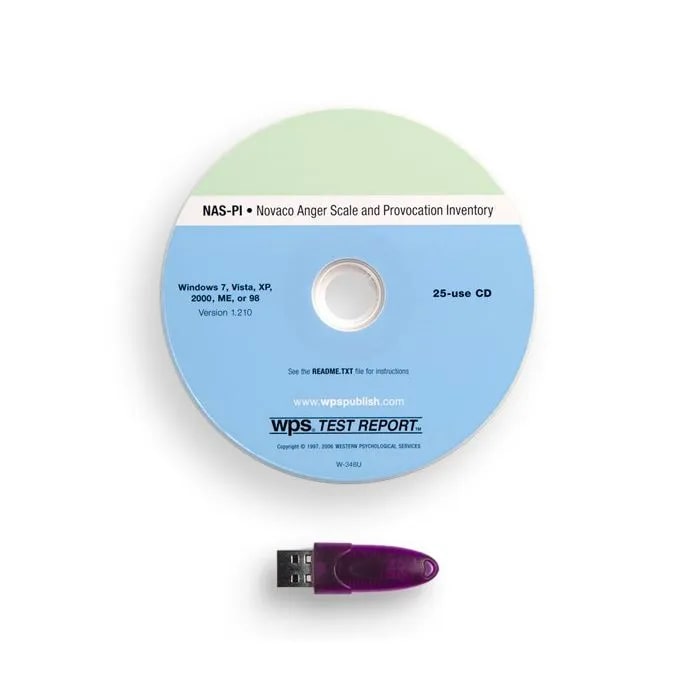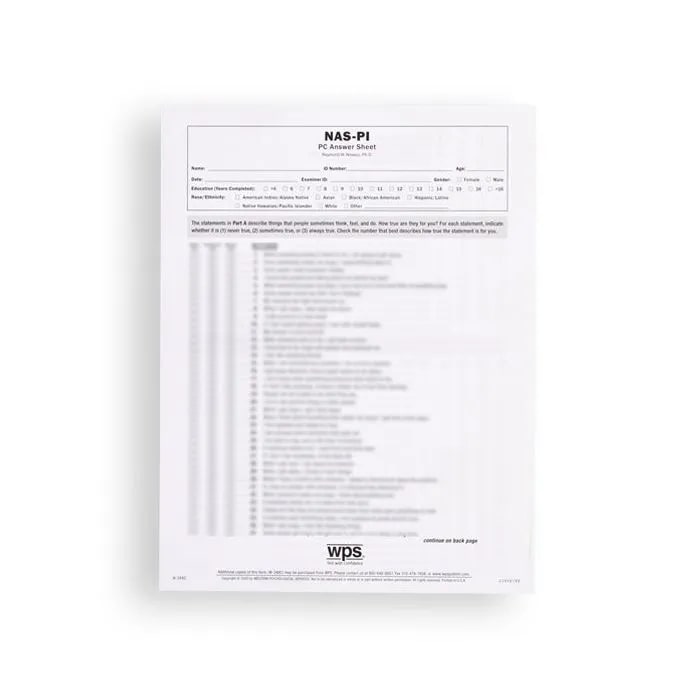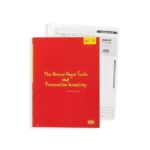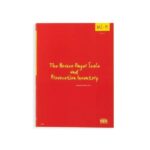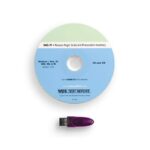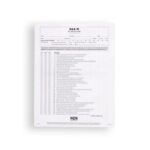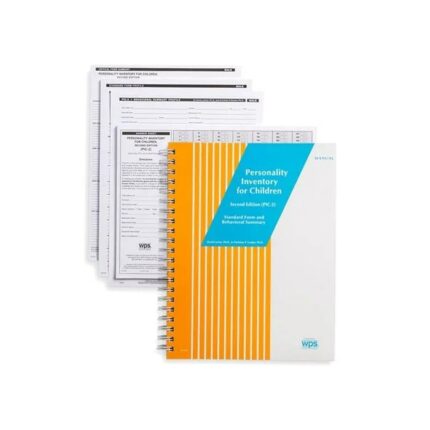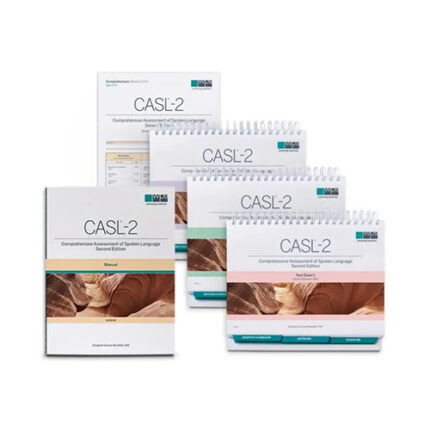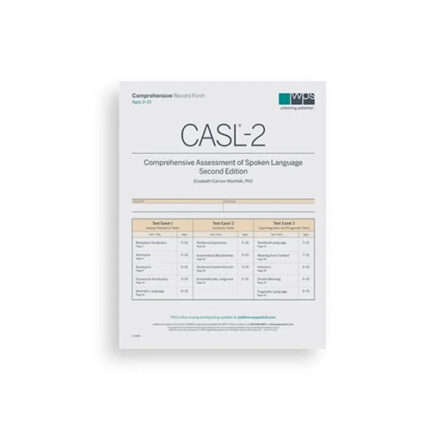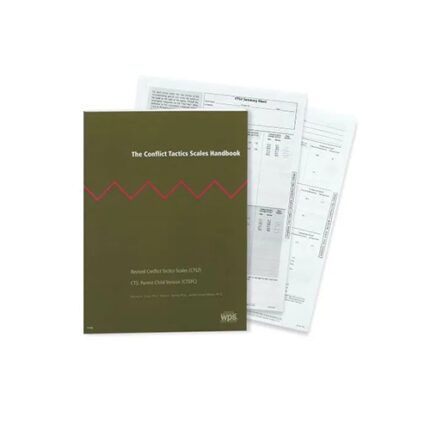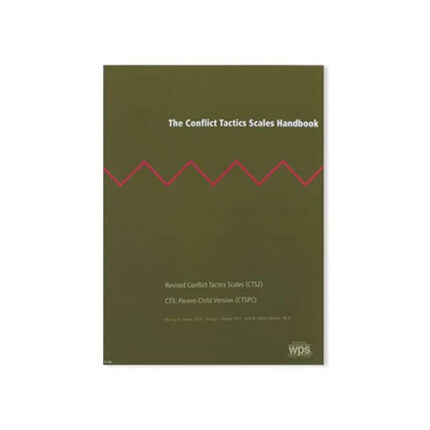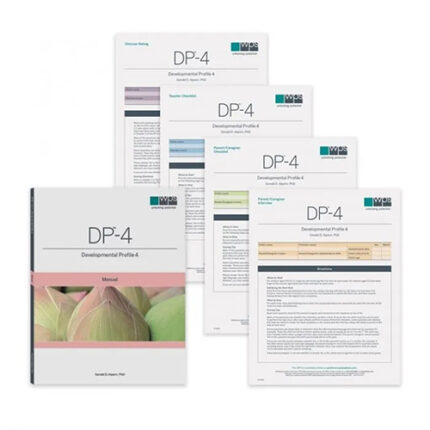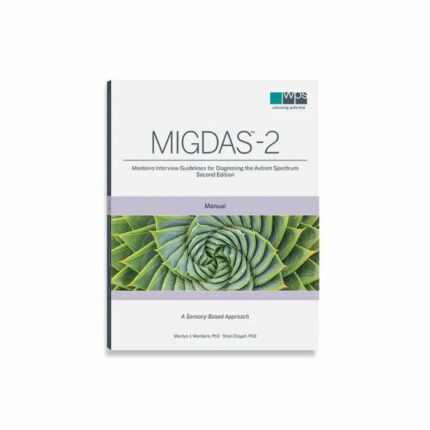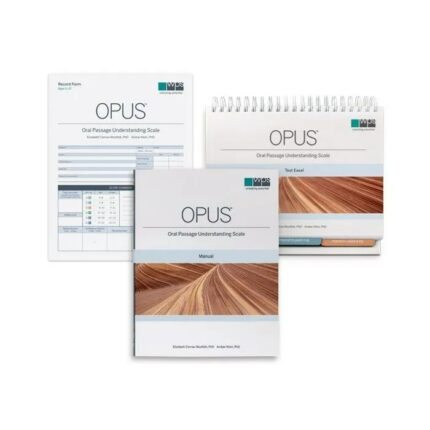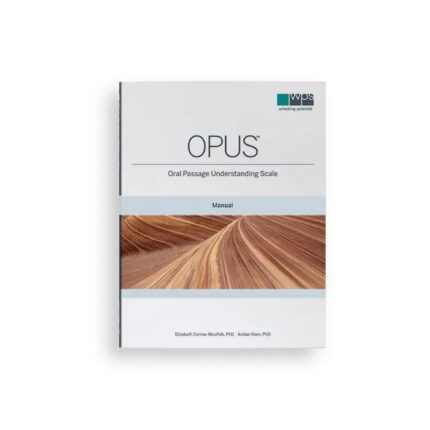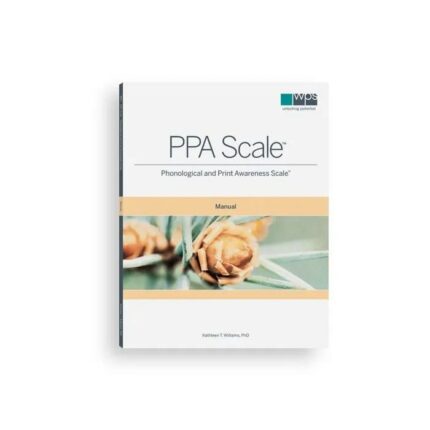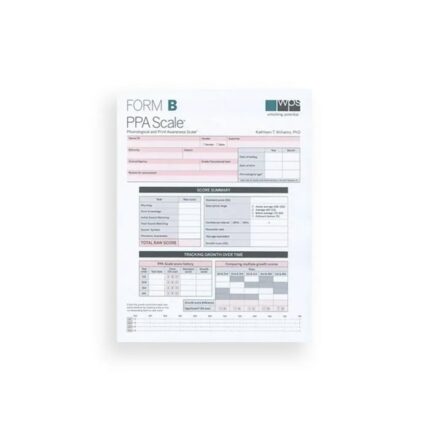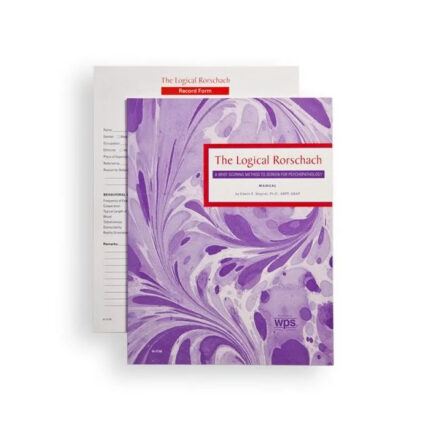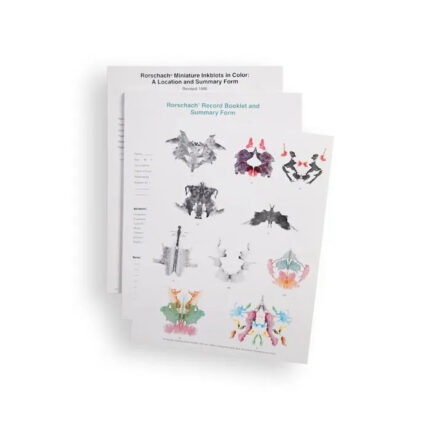(NAS-PI) Novaco Anger Scale and Provocation Inventory
BENEFIT

BY RAYMOND W. NOVACO, PHD
Initially developed in conjunction with the MacArthur Foundation Network on Mental Health and Law, the NAS-PI helps clinicians and researchers evaluate the role of anger in various psychological and physical conditions. Brief and easy to administer, this self-report questionnaire is an excellent way to assess anger in clinical, community, and correctional settings.
The NAS-PI is composed of two parts: The Novaco Anger Scale (60 items), which tells you how an individual experiences anger, and the Provocation Inventory (25 items), which identifies the kind of situations that induce anger in particular individuals. The entire questionnaire can be completed in just 25 minutes by anyone who can read at a fourth-grade level. (It can also be administered to clients who are mentally disordered or developmentally delayed, though items may have to be read to these individuals.)
The NAS-PI produces the following scores:
Novaco Anger Scale
Total—A measure of general inclination toward anger reactions, based on the Cognitive, Arousal, and Behavior subscales
Cognitive—A measure of anger justification, rumination, hostile attitude, and suspicion
Arousal—A measure of anger intensity, duration, somatic tension, and irritability
Behavior—A measure of impulsive reaction, verbal aggression, physical confrontation, and indirect expression
Anger Regulation—A measure of the respondent’s ability to regulate anger-engendering thoughts, to effect self-calming, and to engage in constructive behavior when faced with provocation
Provocation Inventory
Total—A reflection of five content areas: disrespectful treatment, unfairness, frustration, annoying traits of others, and irritations
In addition, a validity index helps identify inconsistent responding, whether intentional or inadvertent.
The NAS-PI can be administered as a whole, or the two parts can be used independently. It can be hand or computer scored. Normative data are based on an age-stratified sample of 1,546 individuals, from 9 to 84 years of age. Separate norms are provided for preadolescents and adolescents (9 to 18) and adults (19 and older).
The test has shown good test–retest reliability in nonclinical, clinical, and correctional samples. Studies reported in the Manual demonstrate that the NAS-PI can distinguish between assaultive and non-assaultive forensic inpatients and predict assaultive behavior in institutions as well as violent behavior in the community following hospital discharge.
The NAS-PI is an excellent way to assess anger reactivity, anger suppression, and change in anger disposition.
| Therapy |
All Therapy Evaluation Tools |
|---|


